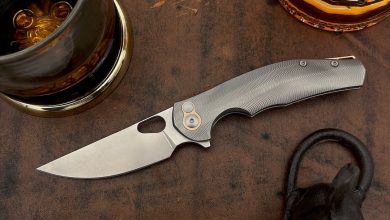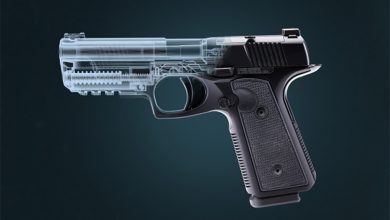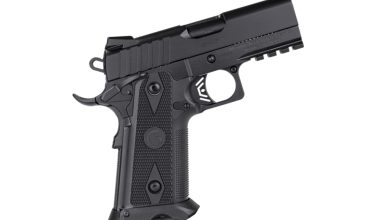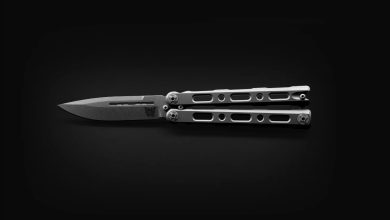Concealed Carry Corner: Compensators On Carry Guns
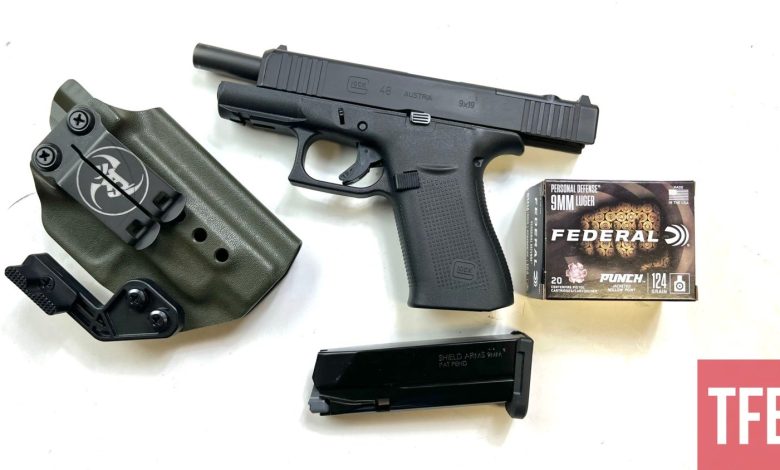
Welcome back to another edition of Concealed Carry Corner. Last week, we talked about some things not to do when carrying a handgun. If you happened to miss that article, be sure to click the link here to check it out. This week, I wanted to take a closer look at the concept of having a compensator on your carry gun as a daily accessory. Springfield Armory was the latest to release a compensated version of their Hellcat line so it’s not a bad option to look at what compensators offer in the world of carrying concealed as well as some of the drawbacks. Let’s take a closer look at compensators on carry guns.
Concealed Carry Corner @ TFB:
The Rise In Compensated Carry Guns
Throughout the last few years, there has been a drastic increase in the availability of compensators for popular models in the concealed carry market. Whether it’s aftermarket companies like Parker Mountain Machine offering compensators for Glock, SIG, or other manufacturers joining in to create their very own option for compensated pistols. There is no denying, that compensators on pistols do offer several advantages compared to regular pistols so it’s important to understand some of the advantages first.
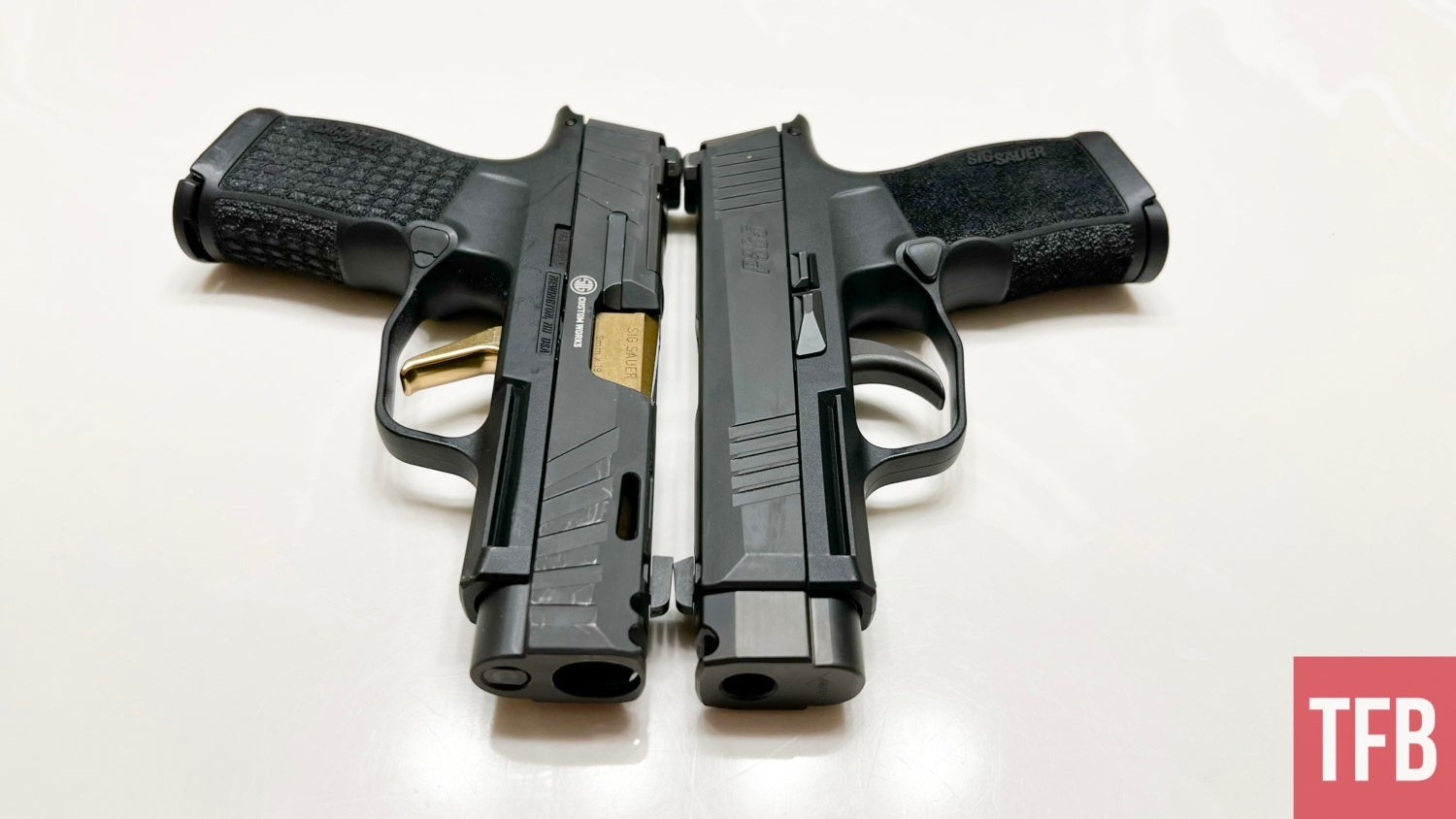
The first part of understanding compensators is to look at the performance side of things. The factor that changes compensated pistols is the decrease of muzzle rise when the compensator is installed especially with hotter-powered self-defense ammunition. The expanding gasses from the powder are pushed up into the expansion chamber and top port which drives the muzzle down mitigating muzzle rise and creating a flatter shooting experience. Obviously, the idea of having a flatter shooting carry pistol with less recoil will not only allow for faster following shots but also will allow shooters to shoot a smaller pistol easier with the compensator taking out some of the muzzle rise.
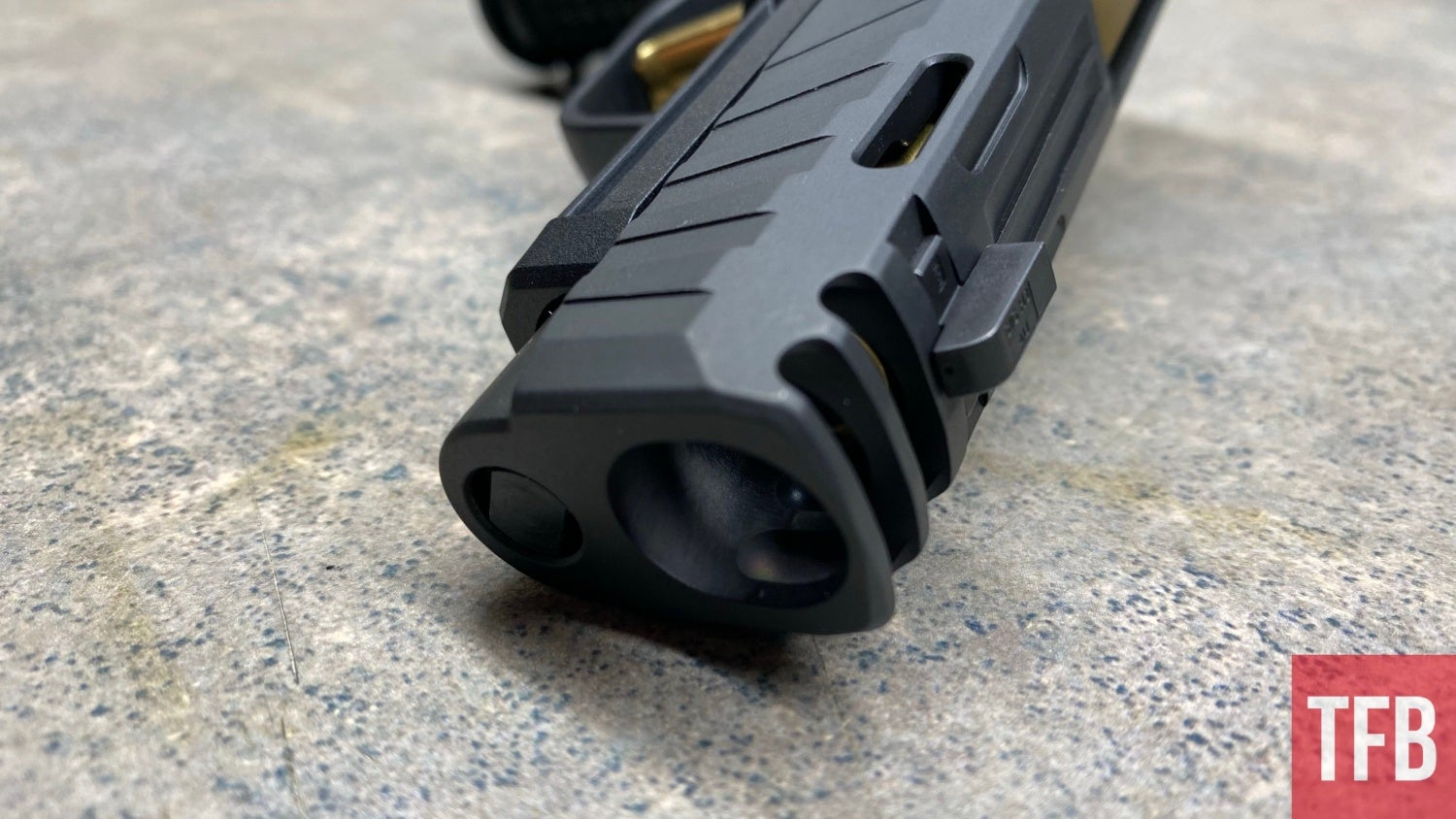
The other big factor is the idea of safety. During the day, shooters can be precise and more confident in high-stress situations. Having a higher confidence level not only allows you to confidently carry, but it can also allows you to engage faster without the hesitation that sometimes occurs with lower confidence shooters.
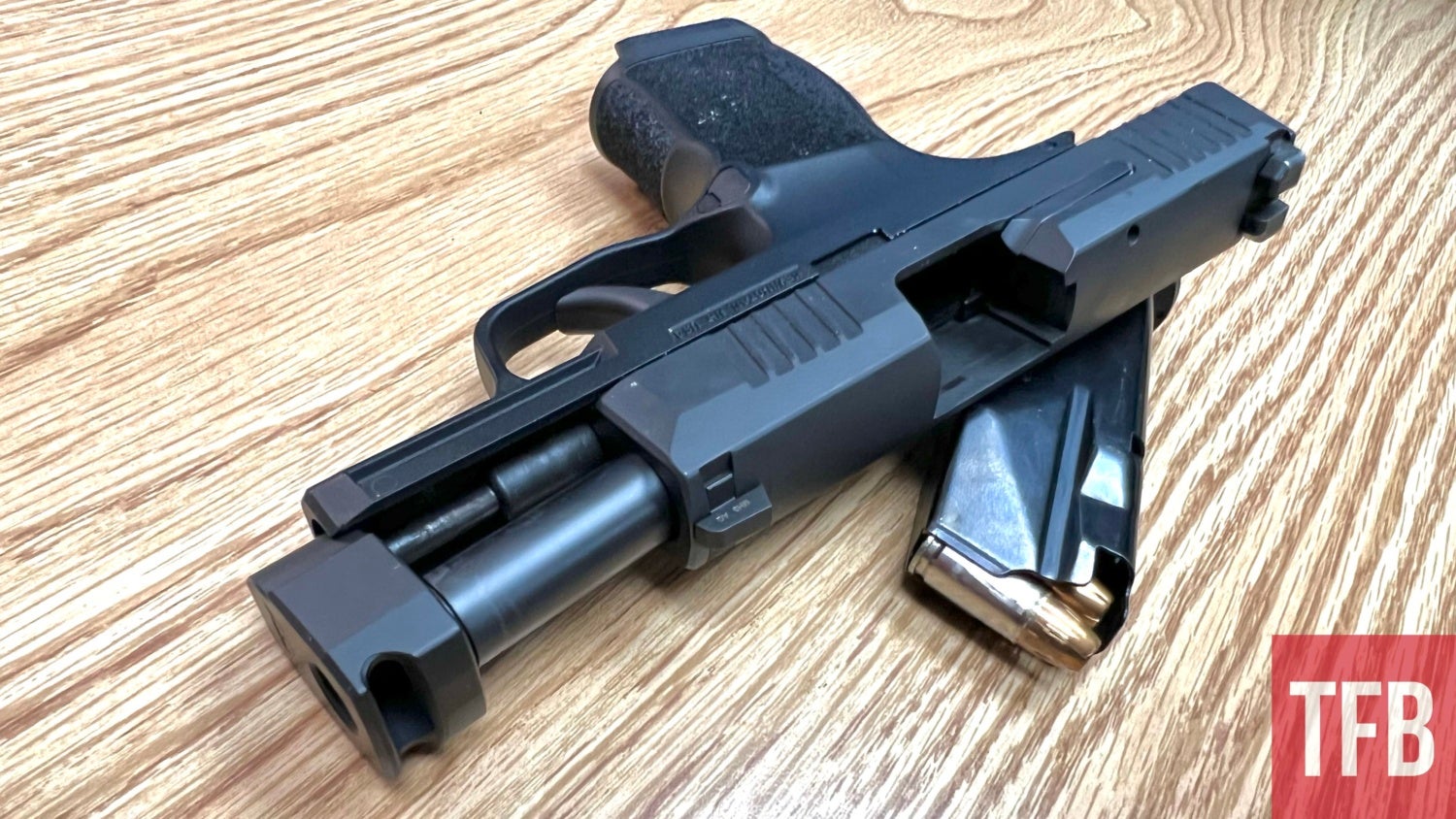
Drawbacks
Having a compensator on your pistol isn’t always a completely positive experience. In certain situations, it can be more of a liability than a positive piece of equipment. In certain low-light situations, having an open port compensator can force the burning powder charge upward which can create a flash. This flash can sometimes be disorientating making it difficult to quickly put follow-up shots. Some have disagreed with this concept but using 124gr+P ammunition in both low light and no light situations at the range, out of the 50 rounds of ammo, the flash happened roughly 13 times where it became difficult to fire a quick follow-up shot. That bright powder flash didn’t happen every time but it certainly is something to take into consideration if you plan on carrying a compensated pistol at night time.

The other big drawback is the reliability and break-in period of compensated pistols. Companies like SIG Sauer have started doing slide-mounted compensators which aren’t as efficient when it comes to recoil mitigation but the reliability of the pistol especially brand new goes up drastically. Drop-in barrels with compensators attached do offer a higher amount of recoil mitigation but some of my Parker Mountain Machine drop-in barrels take roughly 500-700 rounds to be fully broken in and function 100%. When putting a compensator on your carry pistol, it’s important to make sure your gun is running 100% reliably before taking it for your own personal defense.
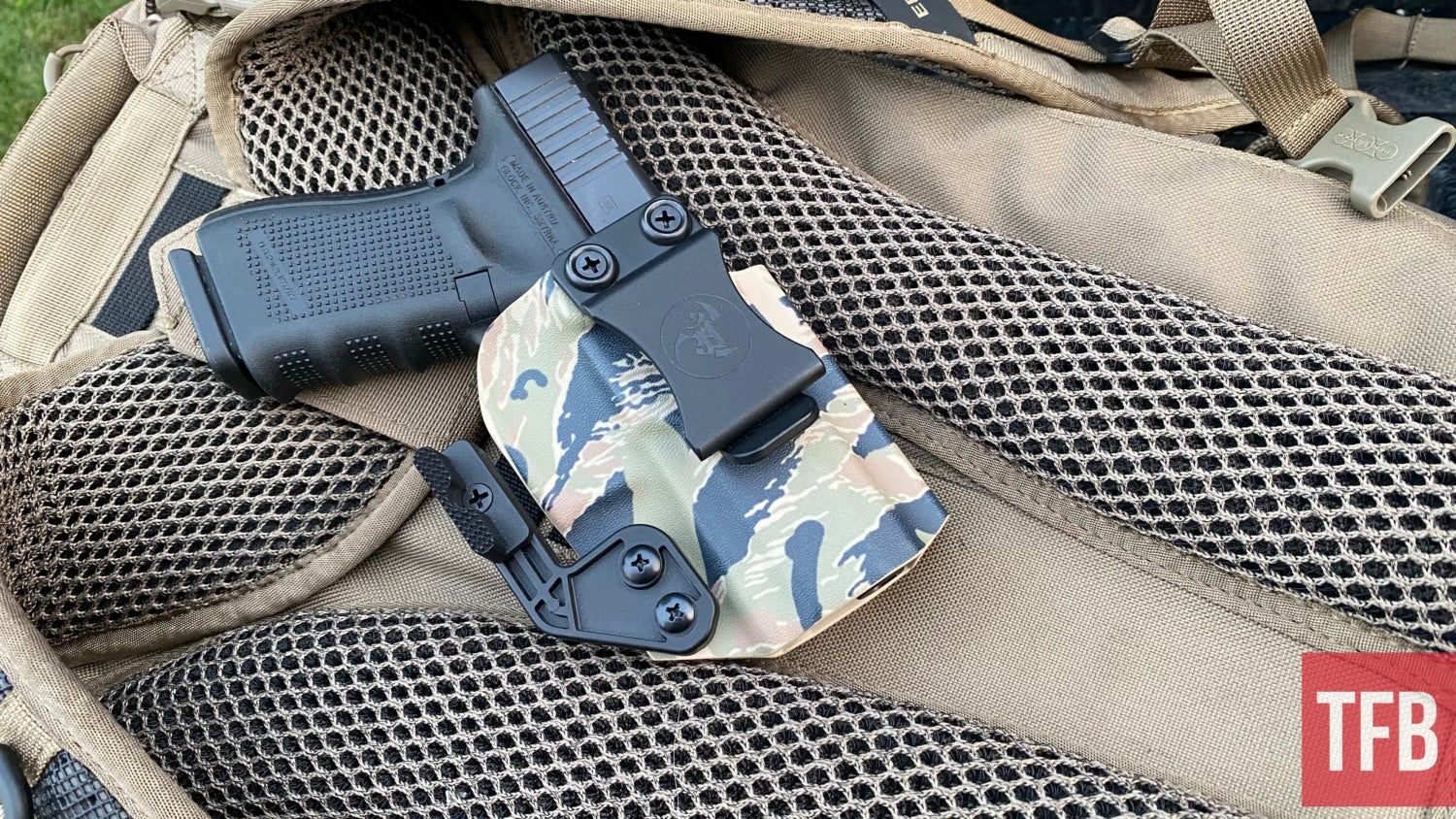
Legality
The other aspect people need to keep in mind when looking at carrying a compensated pistol. When it comes to aftermarket gun modifications, it can create a problem if you ever have to use it in a self-defense situation. If we look at various court cases, there have been times when prosecutors go through the list of aftermarket parts and have the defense justify why it was on their firearm. A compensator will certainly raise questions and force you to justify why you have it on your firearm. It’s something that will most likely occur if you have to ever use it in a self-defense situation. If things help you be more accurate and confident in your abilities, I think you should absolutely use them regardless if you have to justify them in court.
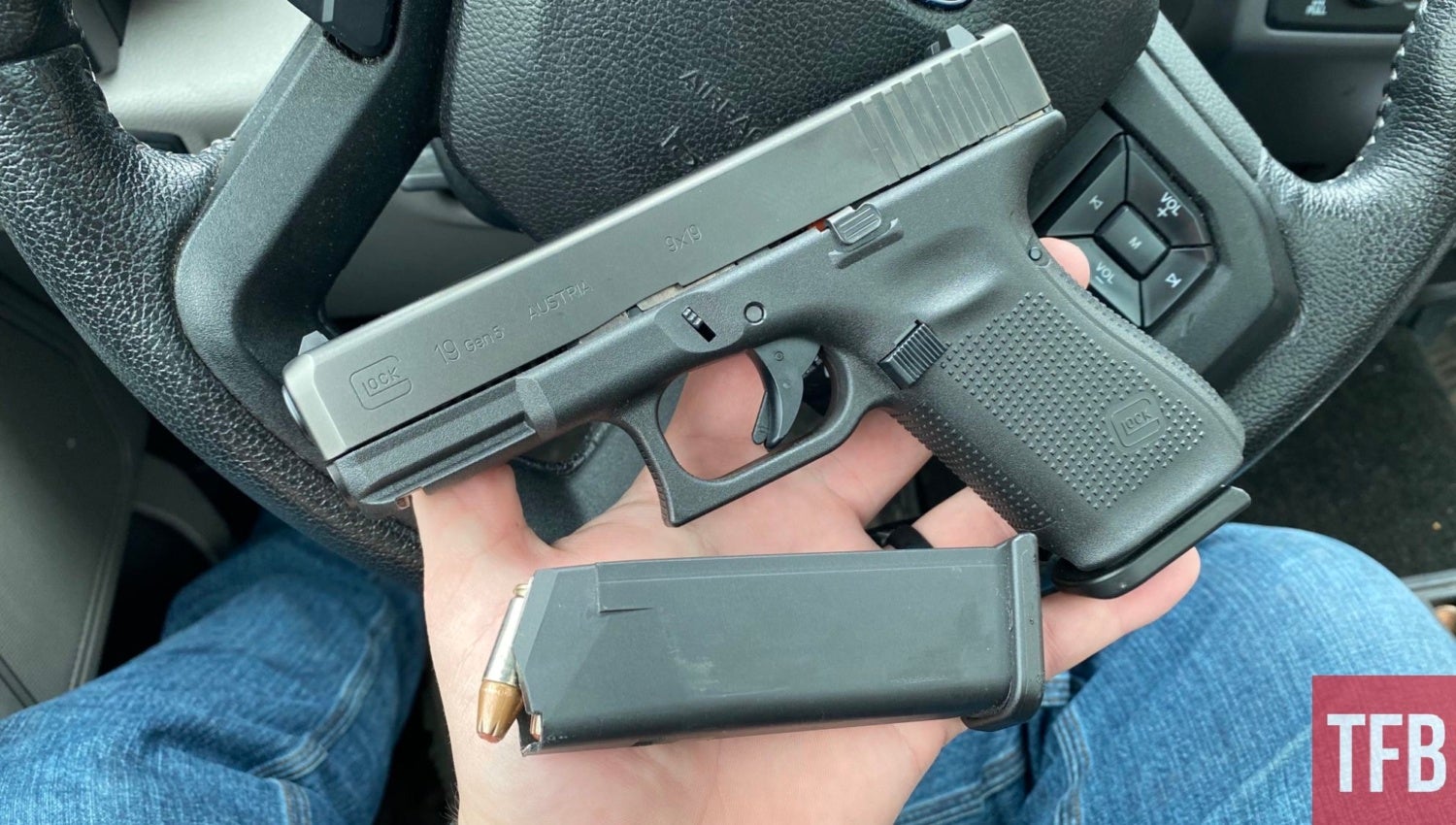
Overall Thoughts
Compensators on carry guns are certainly here to stay. I think they certainly have their place and ported pistols straight from the factory are a great option. Aftermarket drop-in barrels and compensators are a great option to custom tailor your pistol but those sometimes can have reliability issues until they are properly broken in. I own a few compensated carry guns but typically will grab my regular Glock 48 for its simplicity. Let me know what you guys think about carrying compensated pistols down in the comments below. If you have questions about carry guns or firearms in general, feel free to shoot me a message on Instagram @fridgeoperator. Stay safe out there and we will see you next week for another edition of Concealed Carry Corner.
TFB’s Concealed Carry Corner is brought to you by GLOCK
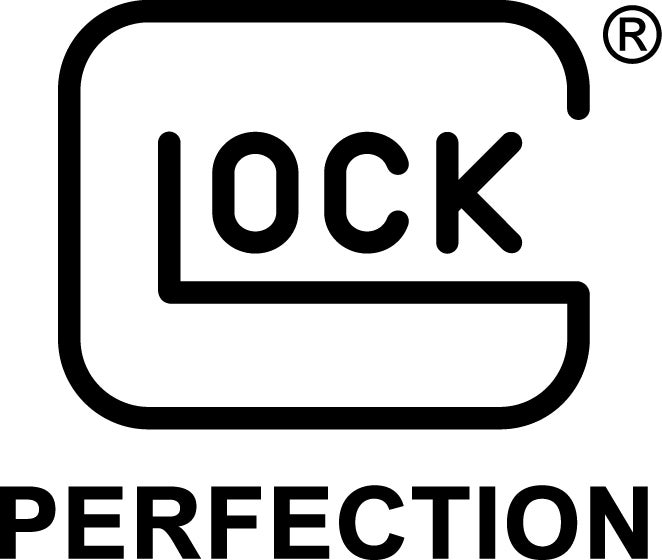
![]()


